Ayurvedic Recipes
Sweet Potato Curry
This curry is hearty, grounding, and packed with spices that soothe Vata, while also offering plenty of nourishment and warmth for the colder months.
The sweet potato is a naturally sweet root vegetable, making it excellent for pacifying Vata’s cold, dry, and airy qualities. The fiber and starch in sweet potatoes also help with digestion and provide lasting energy.
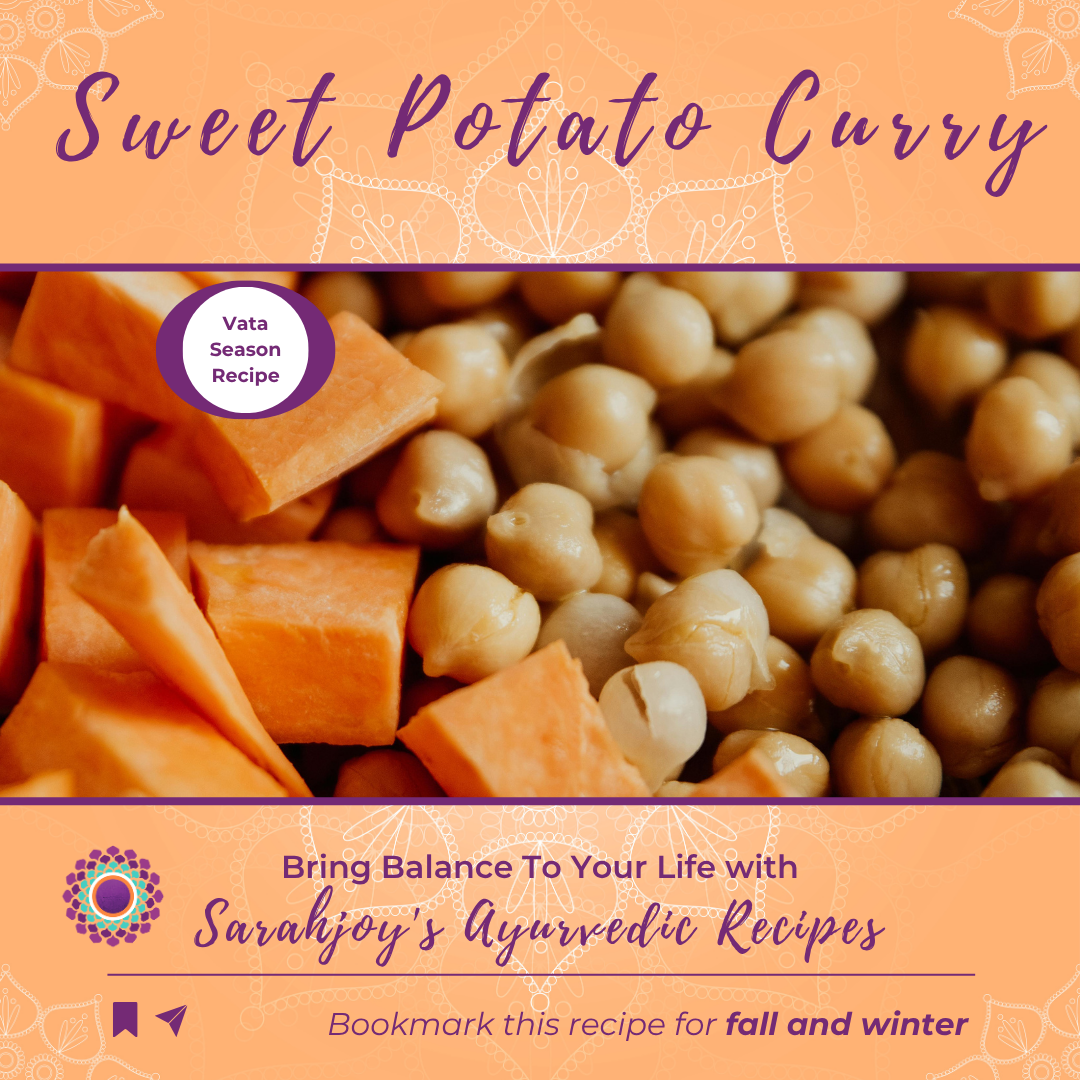
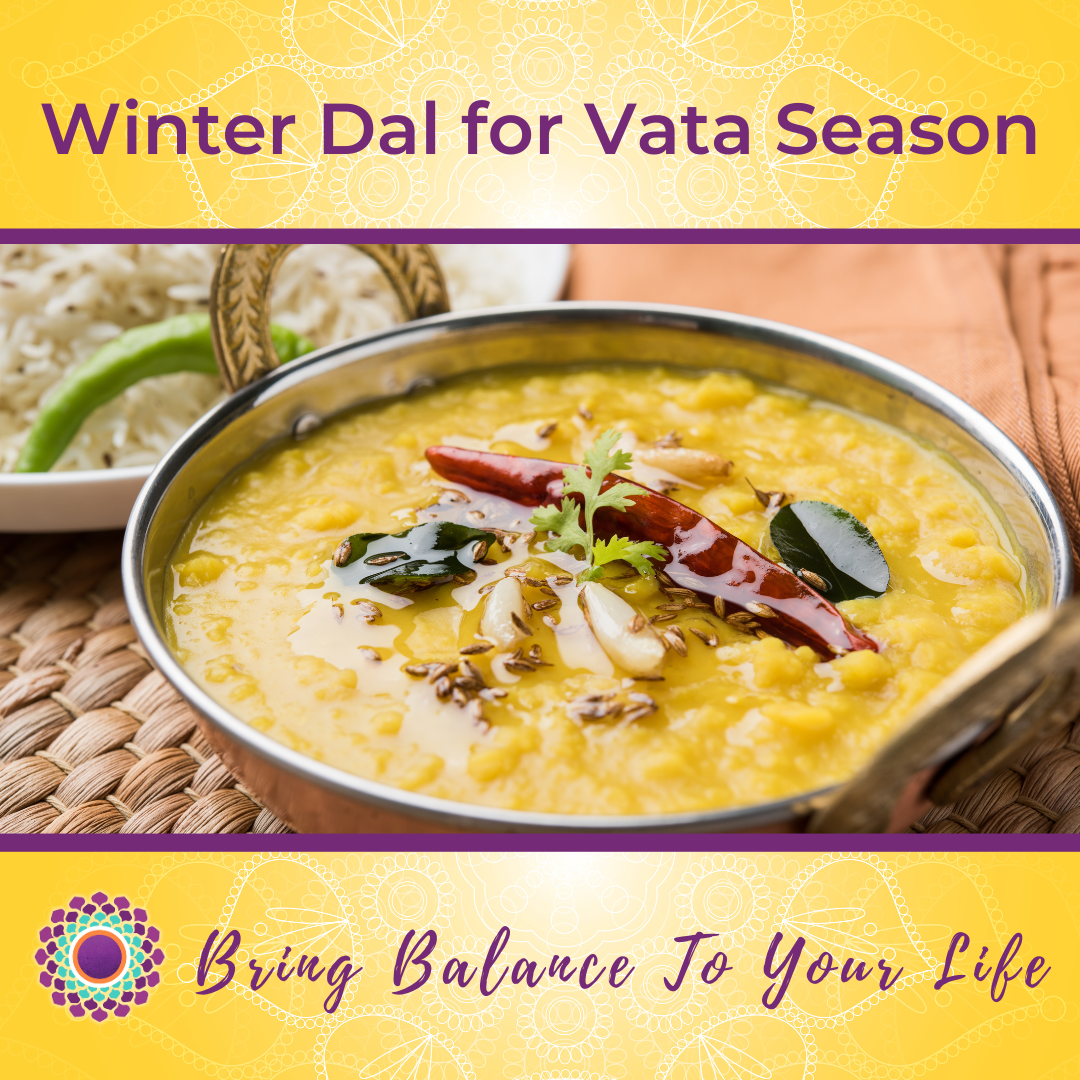
Winter Dal for Vata Season
Made with a blend of digestive spices like cumin, ginger, and coriander, this recipe supports digestion, balances the doshas, and provides comforting warmth during cold months. Rich in plant-based protein and fiber, it’s easy to digest and deeply nourishing for both body and mind.
Download our free recipe resource today to enjoy this winter wellness essential!
Ayurveda Home Kitchen
Create ease in in your kitchen and food preparation spaces by setting up the essentials. Ayurveda is an ancient science of self-healing that includes the use of food as medicine. It is not a diet. It is not a rigorous plan. It is not about perfectionism.


Ayurveda Tridoshic Food List
Ayurveda is a powerful healing medicine. It can help us so much! And, it can seem complicated. You might wonder what is your dosha and how are you going to eat according to your dosha? What if you are more than one dosha? What if you have a dosha imbalance?
Spicy Okra
In Ayurveda we say that okra is “OJAS” building like most plants in the mallow family. It is considered a tri-doshic food which means it is good for all 3 doshas.
Okra is Sattvic in nature, therefore, light and vitalizing. It is also an alkalizing vegetable. It has multiple nutrients: beta carotene, calcium, insoluble fiber, iron, magnesium, Vitamin A, Vitamin C, and Vitamin K. Okra energizes, is nutritive, and provides demulcent qualities that can benefit our lungs and sinuses in the Winter to Spring transition. Okra also has a natural laxative quality and helps to soothe the gastro-intestinal track.
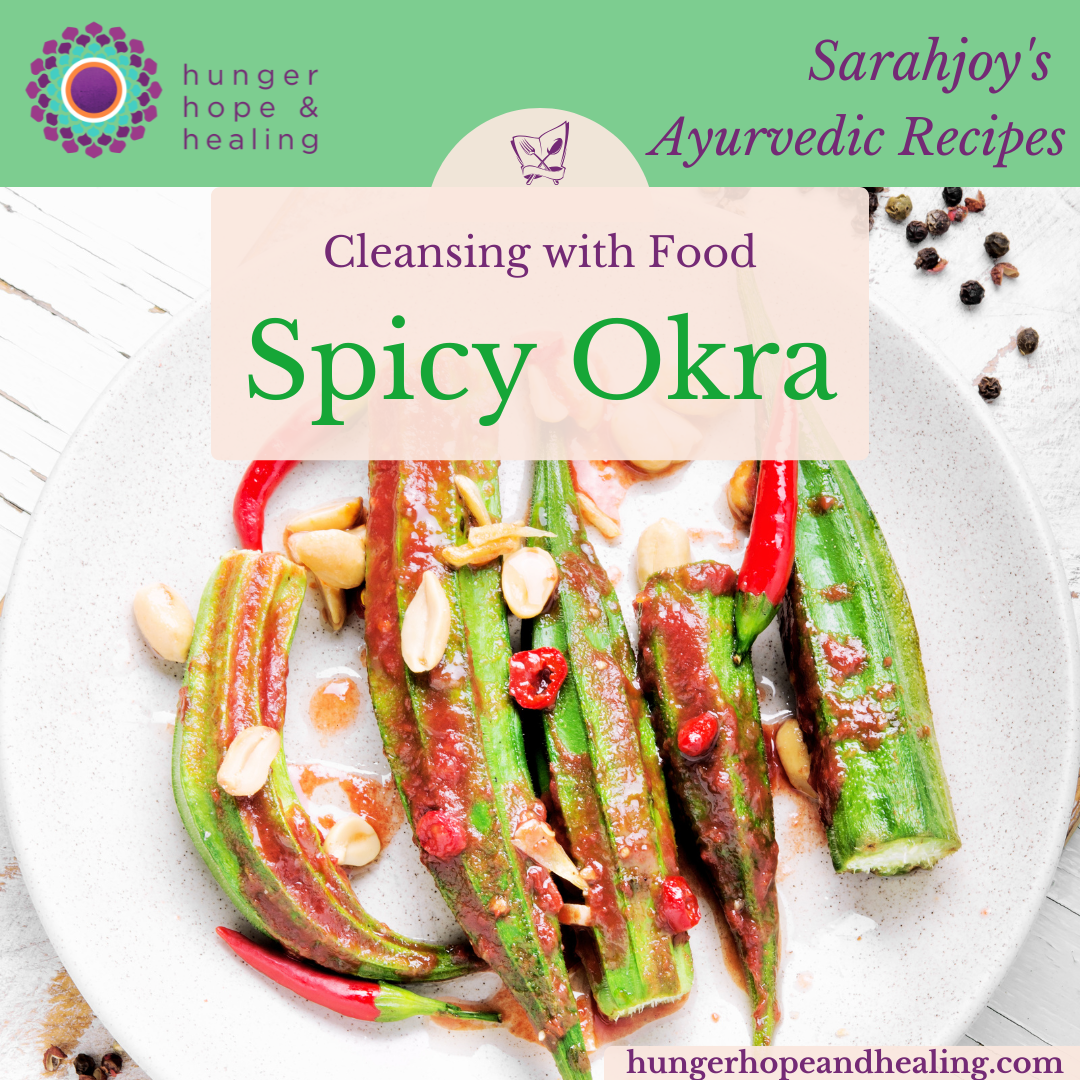
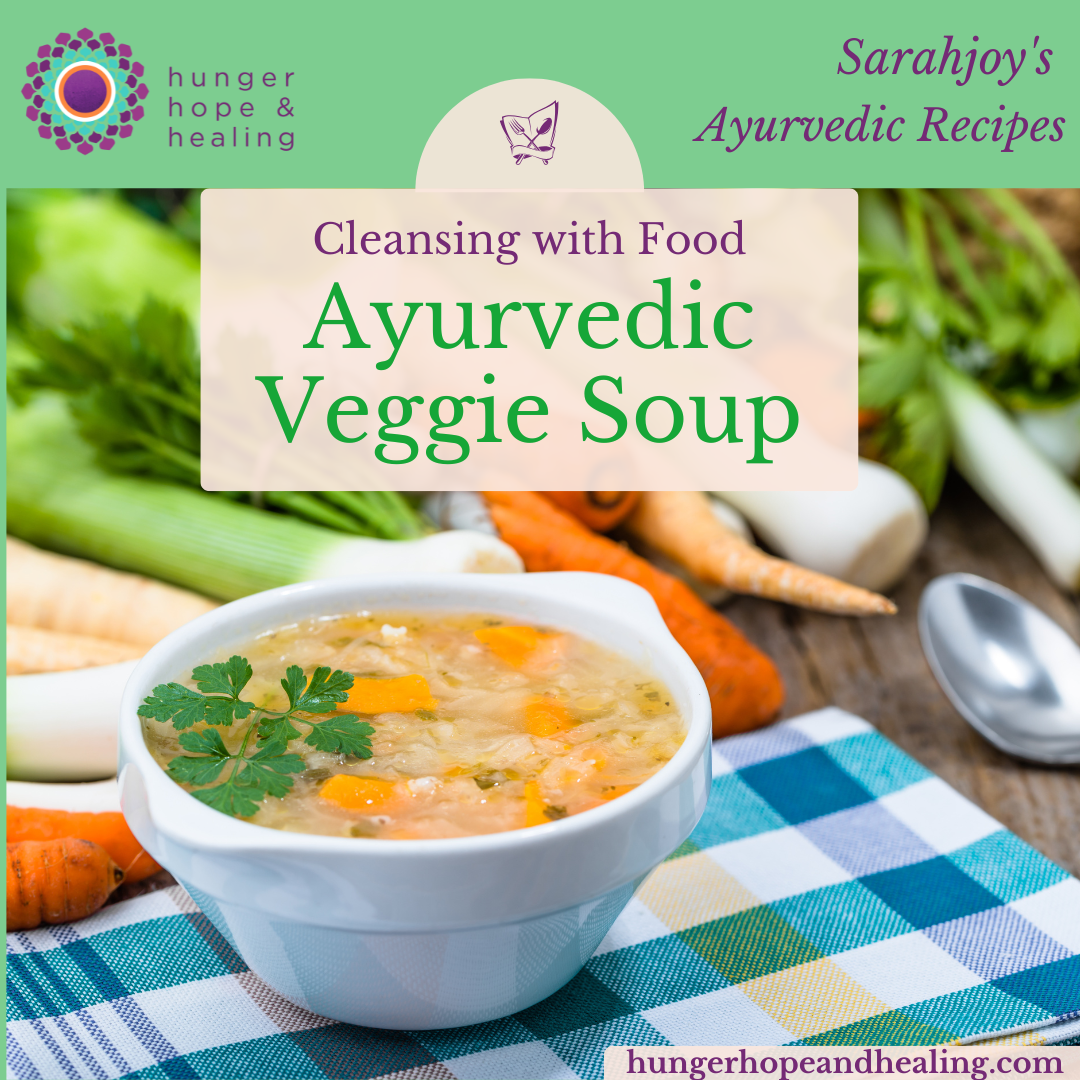
Ayurvedic Veggie Soup
Food and spices are medicinal. They have an influence on our digestive and immune systems. For example, asparagus has a diuretic function that helps the cleansing process by activating the functions of the liver and kidneys that eliminate the toxins. It is also a very good source of fiber, folate, vitamins A, C, E and K, as well as chromium, a trace mineral that enhances the ability of insulin to transport glucose from the bloodstream into cells.
Beetroot Payla
Beets are a wonderful food for cleansing the liver as well as being a good source of folate. They have been said to help with high blood pressure, reducing inflammation, improving digestion, and supporting cognitive function.
I enjoy this version of Beet Palya, which is based on a South Indian dish, because of its ease in making it and its combination of flavors. It had never occurred to me to use coconut with beets!
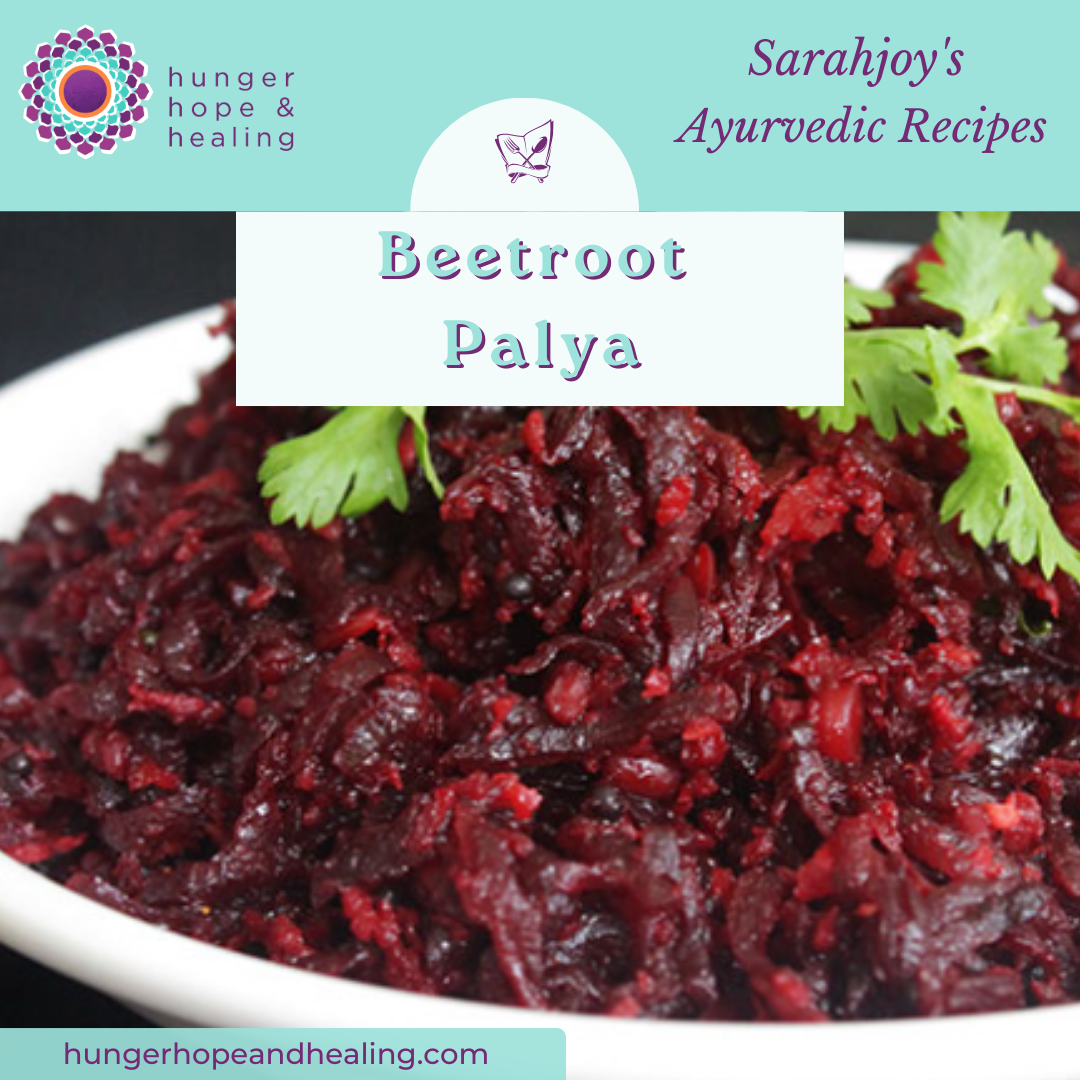
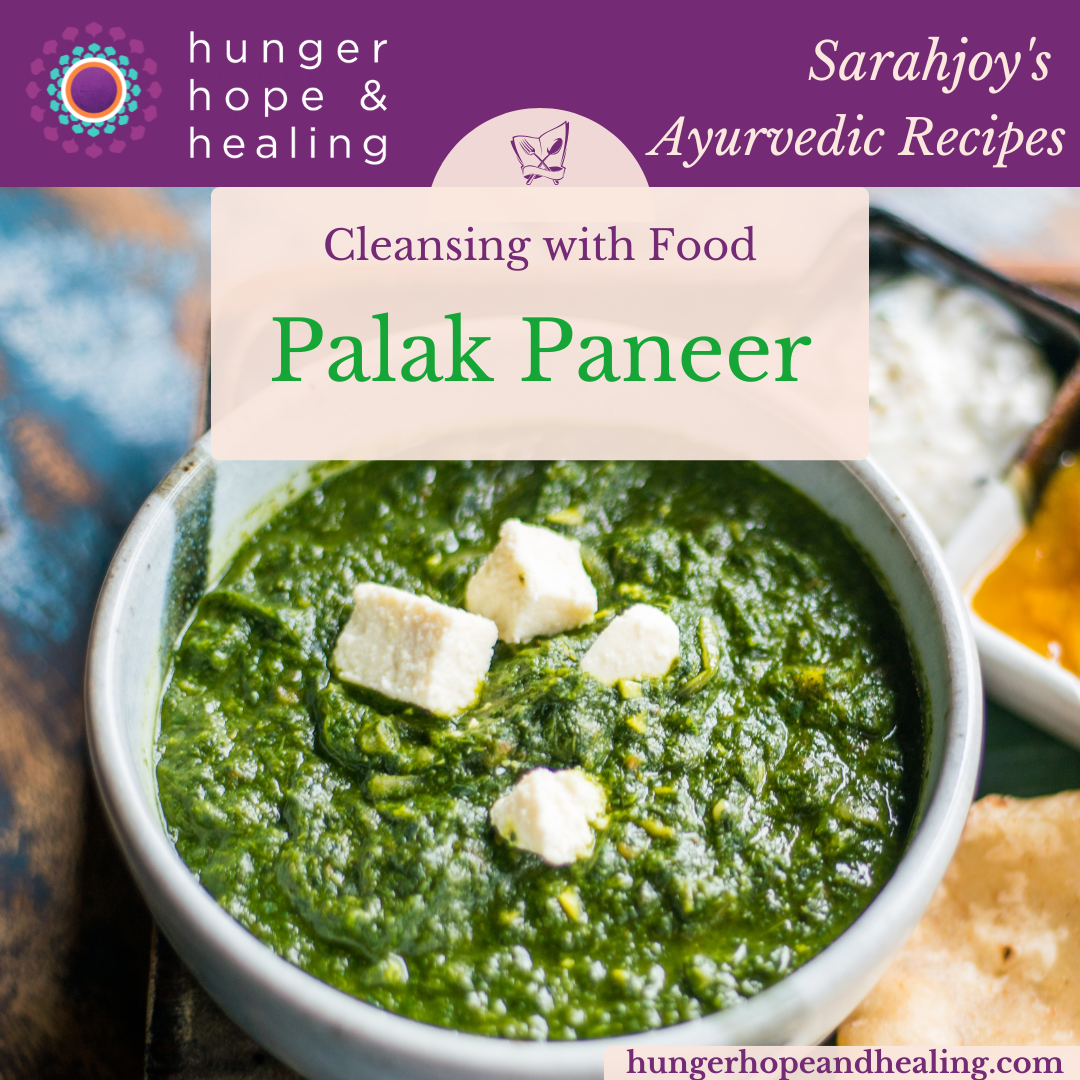
Palak Paneer
Ideal for Kapha Season (Spring Season)
Palak Paneer, a dish that combines earthy greens with vibrant flavor, is a powerful way to support digestion and circulation. Bitter greens like mustard greens, kale, and dandelion help cleanse the digestive system, improve blood flow, and boost vitality. When our digestion is clear, we can absorb nutrients more effectively, aligning our inner energy with the natural world around us.
Roasted Fennel + Rhubarb Salad
Ideal for Kapha Season (Spring Season)
This Roasted Fennel Rhubarb Salad brings together the sweet, earthy warmth of roasted fennel and the bright, tangy bite of rhubarb, creating a dish that balances both the digestive fire and the body’s natural detox processes. Fennel, known for its ability to soothe the stomach and enhance digestion, becomes even more grounding when roasted, while rhubarb’s tartness supports detoxification and stimulates the liver.
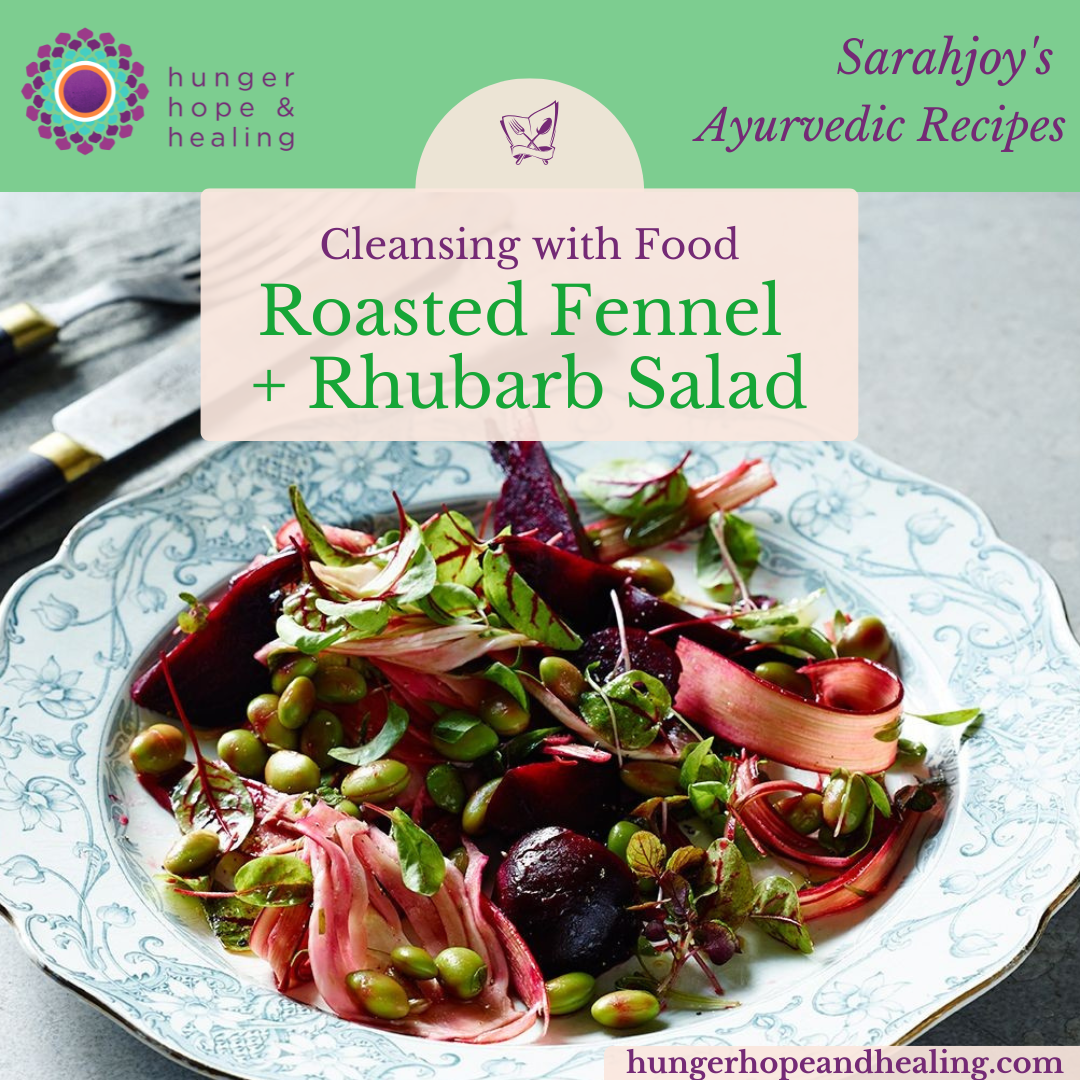

Healthy Chocolate Mousse
My students frequently experience a battle with sweets. While they’re trying to overcome sugar cravings and habitual comfort foods that bring on their version of a food coma, going cold turkey or 100% abstinence from foods that have a sweet flavor or that bring comfort, is too stringent. And often causes a kickback reaction … AKA needing even more of the same fix. Or Over-Indulgence.
Chia, Flax & Hemp Protein Fiber Bars
My students are always looking for healthy ways to increase fiber, protein and healthy fats (like Omegas!) into their daily food routine. This Chia, Flax & Hemp Seed Protein Bar is kind of like a healthy granola bar.
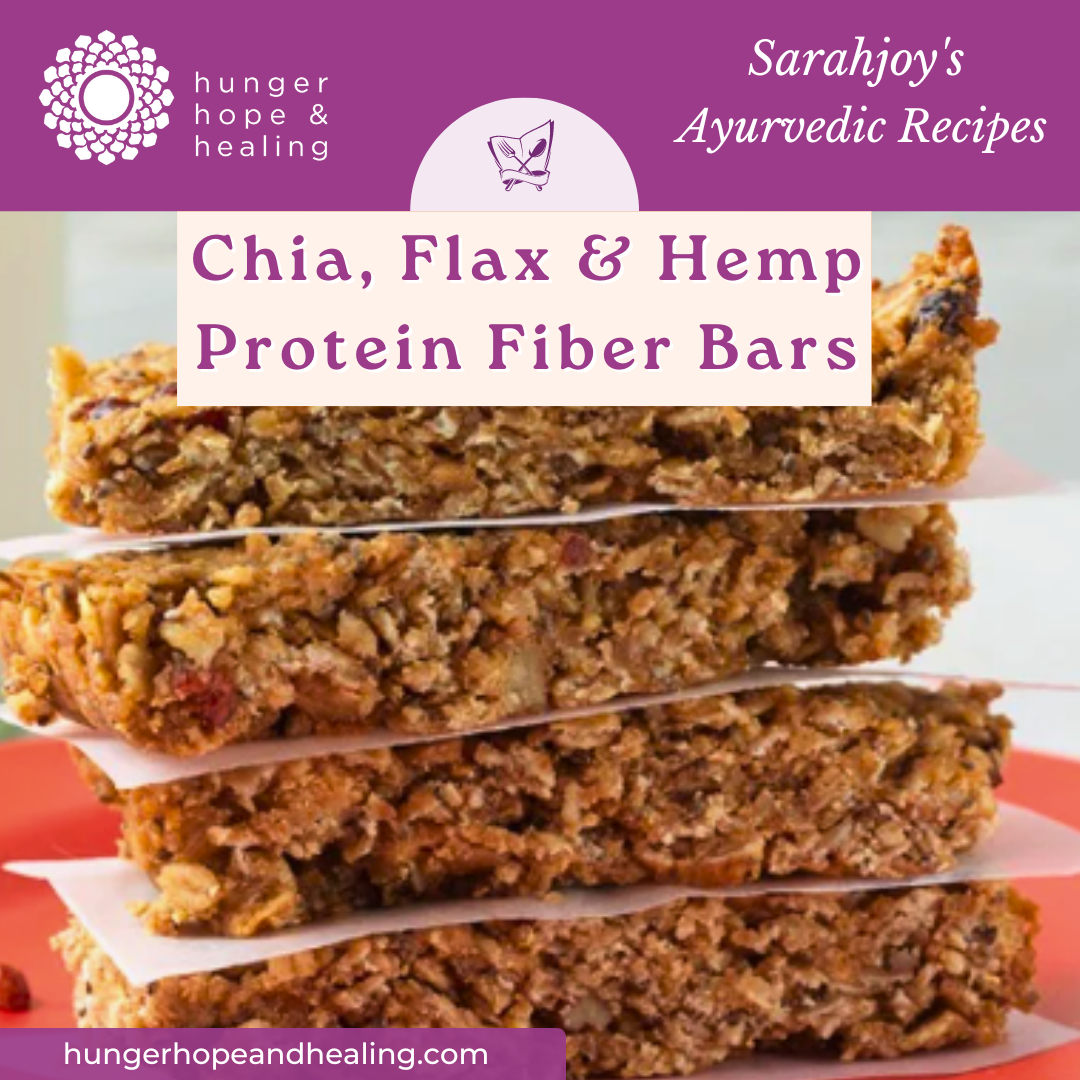
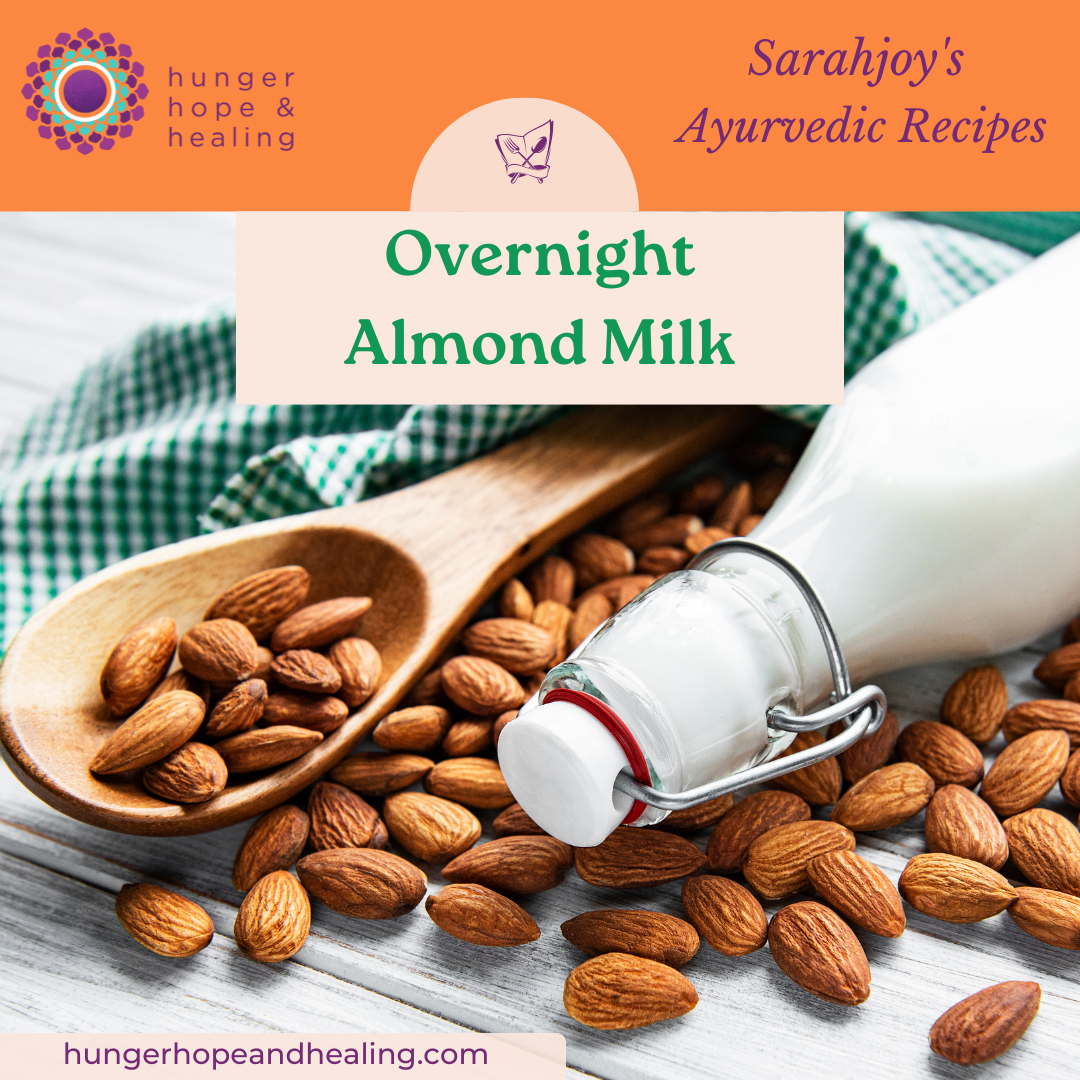
Overnight Almond Milk
With so many processed foods available, our bodies are being influenced in ways we may not realize. For example, when these boxed forms of alternative milks include thickening agents (ie. guar gum) or added sugars. Making your own almond milk is not only clean and easy, it’s also more cost effective.
